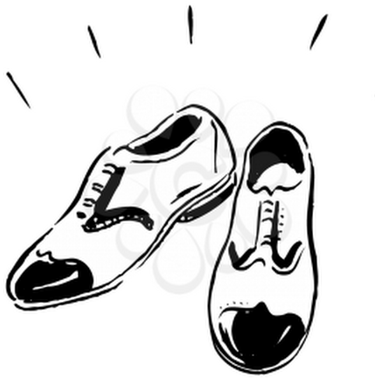Clogging Dance Lessons at the Carl Gipson Center, Everett WA
Imagine if tap dancing, line dancing and step dancing had a baby. That is a good description of modern clog dancing. Clog dancing incorporates elements from each of these dance forms. Appalachian Clogging is a truly American dance form that began in the Appalachian Mountains in the Southeast and is now widespread throughout the United States, Canada and around the world.
Clog dancing steps create percussive sounds that focus on the downbeat of the music. It is similar to tap dance, line dancing and step dancing. Today’s cloggers wear comfortable dance shoes outfitted with taps. These taps are different than those worn by tap dancers. They are called jingle taps because of the sound they make. Dancers learn the basic steps and then dance the steps ‘cued’ by an instructor. You do not need a partner to Clog dance, and no prior dance experience is necessary to learn.
As the Appalachians were settled in the mid-1700s by the Irish, Scottish, English and Dutch-Germans, the folk dancers of each area met and began to combine their dances in an impromptu foot-tapping style. Accompanied by rousing fiddle and bluegrass music, clogging became a means of personal expression for these immigrants.
African “buck dancing,’ which originated during slavery and featured loose arm movements: and traditional Native American dances, characterized by a toe-heel movement, also influenced this very American dance style.
Clogging has evolved over the years to incorporate more modern dance styles and it now danced to all genres of music including Gospel, R&B, Rock & Roll, Blues, Hip Hop, and Pop.
For a more about clogging visit
What is Clogging?

